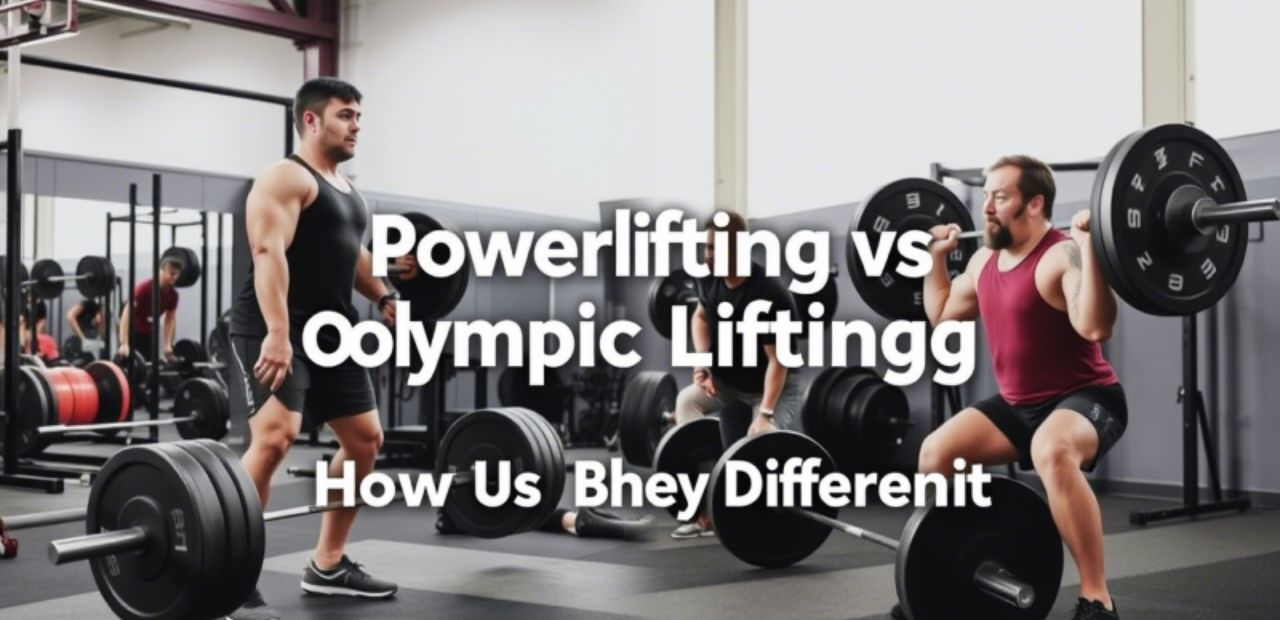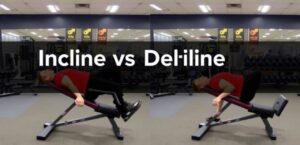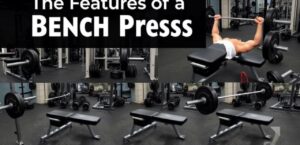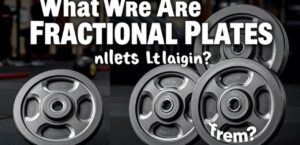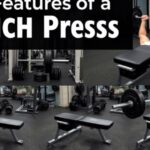When it comes to strength training, powerlifting and Olympic lifting are two of the most popular and effective disciplines. While both are focused on building strength, they are distinct in their techniques, movements, and goals. In this article, we’ll delve into the key differences between powerlifting and Olympic lifting, helping you understand which might be best suited for your fitness goals.
What Is Powerlifting?
Powerlifting is a strength sport centered around three main lifts: the squat, bench press, and deadlift. The goal in powerlifting is to lift the heaviest possible weight in each of these lifts. Athletes train specifically to improve their maximal strength in these movements, with the primary focus being on raw strength rather than speed or technique.
Key Components of Powerlifting:
- The Squat: A lower body exercise that targets the quadriceps, hamstrings, and glutes.
- The Bench Press: A pressing movement focused on the chest, shoulders, and triceps.
- The Deadlift: A pulling movement that targets the hamstrings, glutes, back, and core.
Powerlifting competitions involve performing each lift for a single repetition at the maximum weight possible. The lifter’s best lift in each category is then combined to give a total score, and the person with the highest combined total wins.
What Is Olympic Lifting?
Olympic lifting, also known as weightlifting, involves two main lifts: the snatch and the clean and jerk. These lifts require a high level of technical skill, flexibility, and speed. Unlike powerlifting, Olympic lifting focuses on moving the barbell from the floor to an overhead position in the most efficient and powerful way possible.
Key Components of Olympic Lifting:
- The Snatch: A single, continuous movement where the lifter lifts the barbell from the floor to overhead in one motion.
- The Clean and Jerk: A two-part lift. First, the lifter “cleans” the barbell from the floor to the shoulders. Then, the lifter “jerks” the barbell overhead in one fluid motion.
Olympic lifting is not only about strength but also requires explosive power, speed, and technical precision. The goal is to perform each lift as quickly and efficiently as possible while using the least amount of energy.
Powerlifting Vs Olympic Lifting: Key Differences
While powerlifting and Olympic lifting are both strength-based sports, they differ significantly in their movements, goals, and approach to training. Here are the main differences:
The Lifts
- Powerlifting focuses on the squat, bench press, and deadlift, all of which are performed with a slow, controlled technique to maximize strength.
- Olympic Lifting centers around the snatch and clean and jerk, which require more dynamic, explosive movements and precision.
Training Focus
- Powerlifters train primarily for maximal strength, focusing on lifting as much weight as possible in the squat, bench press, and deadlift.
- Olympic lifters focus on explosive power, speed, and technique to lift the barbell overhead in the snatch and clean and jerk.
Technical Skill
- Powerlifting requires good form and technique but is not as complex in terms of movement patterns compared to Olympic lifting.
- Olympic lifting is highly technical, requiring a significant amount of time to master the movement patterns, especially for the snatch and clean and jerk.
Goals
- Powerlifting’s goal is to achieve the highest possible total weight across the three lifts.
- Olympic lifting focuses on performing the snatch and clean and jerk with maximum power and efficiency, often in a shorter period of time.
Speed and Explosiveness
- In powerlifting, the movements are typically slower and more controlled, with an emphasis on strength.
- In Olympic lifting, speed and explosiveness are crucial since lifters aim to move the barbell as quickly as possible.
6. Equipment
- Powerlifters generally use equipment like a powerlifting belt, knee sleeves, and lifting shoes to support heavy lifts.
- Olympic lifters may use lifting shoes and wrist wraps, but their equipment is generally less restrictive to allow for better mobility.
7. Competitions
- Powerlifting competitions involve performing three lifts (squat, bench press, and deadlift) and combining the highest successful lifts from each.
- Olympic lifting competitions involve performing the snatch and clean and jerk, with each lift being performed once and scored based on the weight lifted.
Which Should You Choose? Powerlifting or Olympic Lifting?
The decision between powerlifting and Olympic lifting largely depends on your fitness goals.
- Choose Powerlifting if your primary goal is to build maximal strength and improve your performance in the squat, bench press, and deadlift. Powerlifting is a great choice if you prefer slower, more controlled movements and want to focus on building raw strength.
- Choose Olympic Lifting if you are interested in developing explosive power, speed, and agility. Olympic lifting is also ideal if you enjoy mastering complex, dynamic movements and want to improve your overall athleticism.
Conclusion: Powerlifting Vs Olympic Lifting
In conclusion, both powerlifting and Olympic lifting offer incredible benefits, but they differ significantly in their focus and execution. Powerlifting is about building maximal strength, while Olympic lifting emphasizes speed, power, and technical skill. Understanding the differences between the two can help you decide which discipline aligns best with your fitness goals.
Whether you prefer the raw strength of powerlifting or the dynamic explosiveness of Olympic lifting, both sports can be incredibly rewarding. Choose the one that excites you the most and start training toward your personal best!

Emily Rose Johnson is a passionate writer with a knack for crafting engaging content. She specializes in communication strategies, digital marketing, and creative storytelling.
